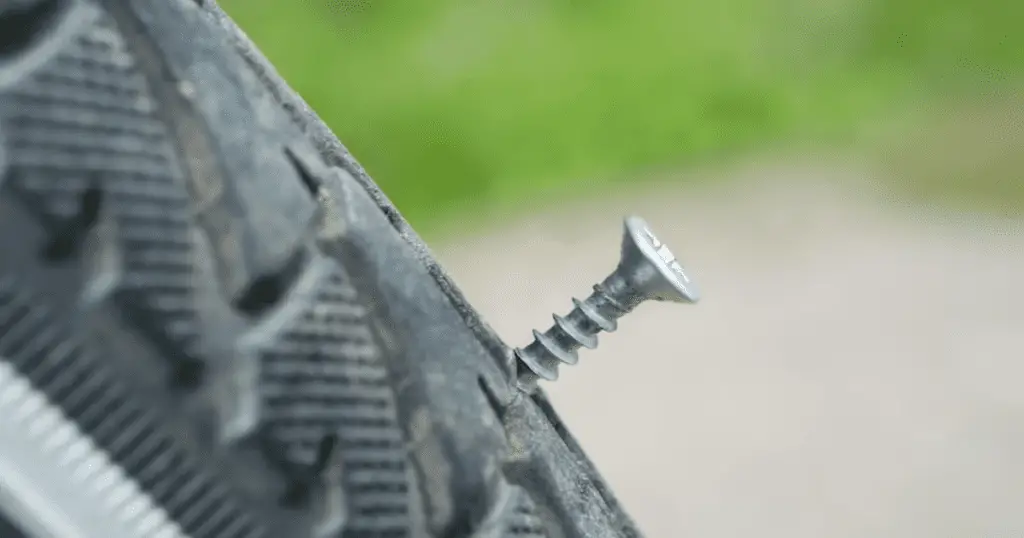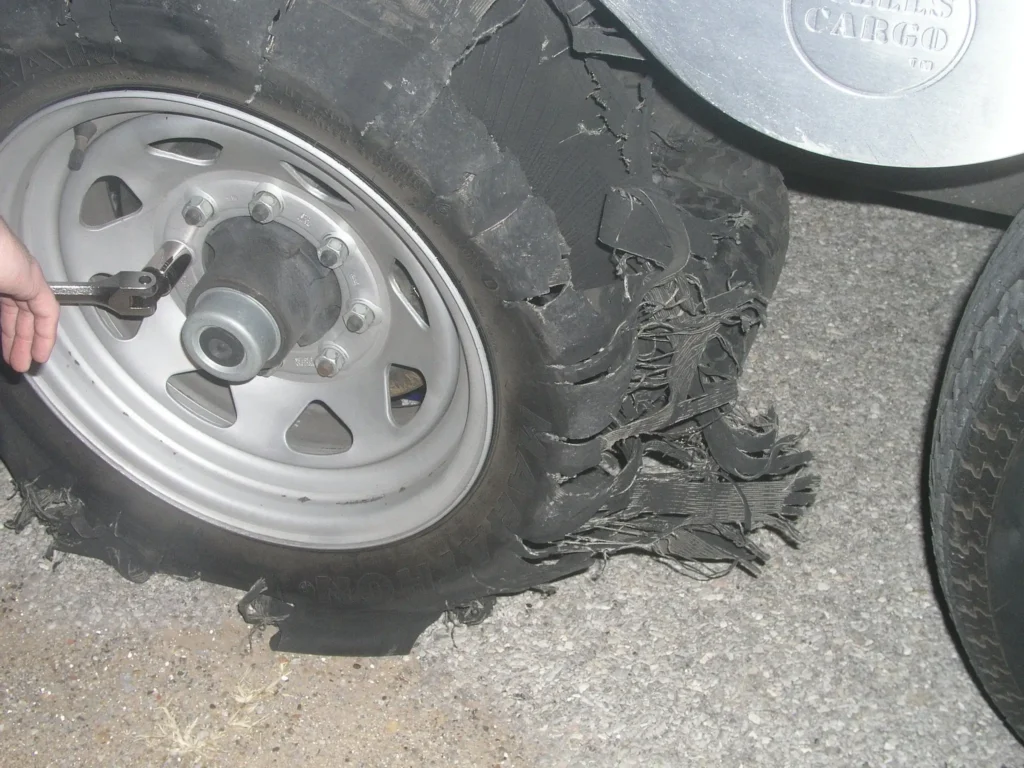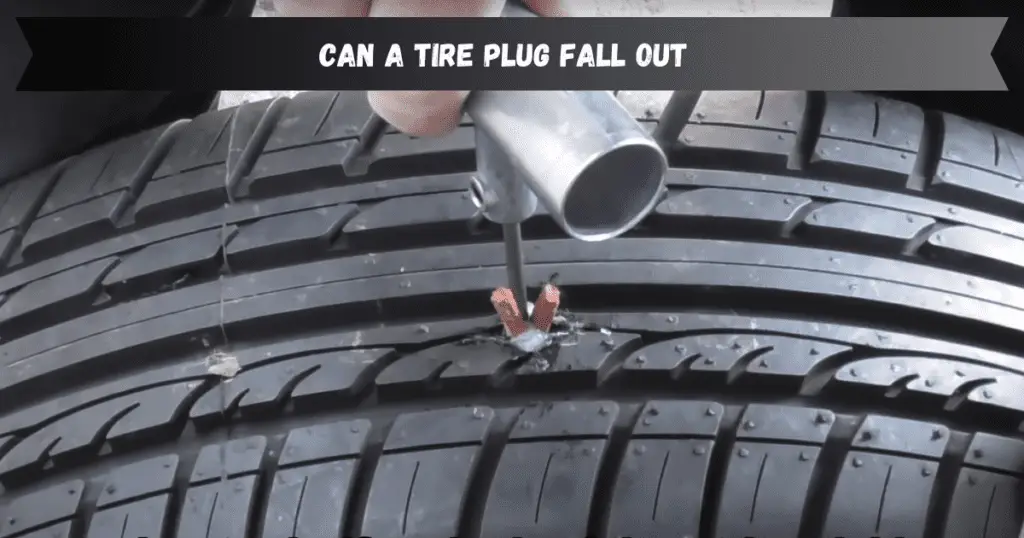You’re driving along when suddenly you hear a scrape and feel a thud as your vehicle’s wheel collides with the curb. Before you even have time to wince, you notice the steering wheel off center after hitting curb.
This heart-sinking scenario is all too common, and naturally, your first reaction is fear that major damage was done. However, in many cases, it’s simply an alignment issue that’s easily corrected.
But hitting a curb can certainly cause more significant mechanical problems if the impact is hard enough. Let’s take an in-depth look at how to assess possible damage, understand alignment, and correct steering wheel issues after sideswiping a curb.
First Steps After Hitting the Curb
Before anything else, your top priorities When Steering Wheel Off Center After Hitting Curb:
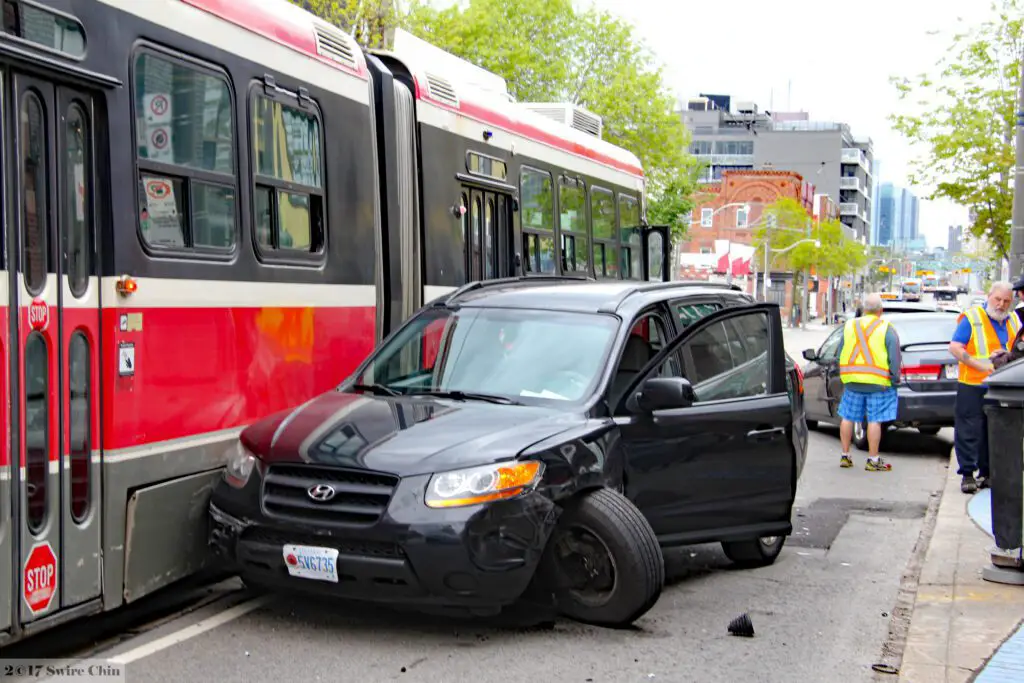
- Come to a controlled, safe stop. Don’t panic brake, just slow down gently and pull off the road.
- Turn on hazard lights, set the parking brake, and shut off the engine.
- Visually inspect the vehicle exterior for any obvious damage.
- Check for leaking fluids underneath the front end.
If you see any fluid leaks, or apparent body damage, or notice odd noises or smells, do not attempt to drive any further. Call for a tow to avoid worsening the issues.
Why the Steering Wheel Off Center After Hitting Curb
When your front tire(s) run up against a curb, the impact force can potentially disturb your wheel alignment. Alignment refers to the precise angular settings of the wheels relative to the vehicle’s center line.
Striking the curb can knock these angles out of specification in a few ways:
- Bending suspension components like control arms or tie rods
- Shifting the wheel hub position
- Damaging or deforming parts of the steering system
- Warping or denting the wheel rim
- Loosening fasteners in the suspension
With the wheels knocked out of alignment, the steering wheel will no longer point straight when traveling in a straight line. Even a minor curb bump can throw off alignment, so this unwanted steering wheel tilt is common.
Dangers of Continuing to Drive
You might be tempted to assume a slightly crooked steering wheel after a curb strike is no big deal. However, continuing to drive any real distance with misaligned wheels can result in further problems:
- Uneven tire wear – Misalignment accelerates tread wear, especially on the outer edges. This rapidly ruins expensive tires.
- Vehicle wandering – Coasting to the right or left requires steering correction. This gets tiring and makes controlling the vehicle more difficult.
- Reduced stability – The vehicle is more prone to losing traction and control around turns with misaligned wheels.
- Suspension stress – Knocked out-of-spec wheels have to fight against the vehicle’s natural alignment tendencies, placing added force on components.
- Loss of traction – Only the center tread fully contacts the road, reducing grip and braking power on the outer tread sections.
Safety and preventing costly tire and suspension damage should be your priorities. Don’t delay getting an alignment inspection and correction after noticing the steering wheel offset. The problems compound dramatically the more miles you drive out of alignment.
Checking for Curb Damage Before Alignment
While realignment may seem the obvious fix for a steering wheel off-center, it’s critical to first check for any damage that could be causing the issue. Attempting to realign wheels with broken or bent components will lead to frustration and repeat issues later.
Here are key parts of the suspension and steering to inspect closely after a curb impact:
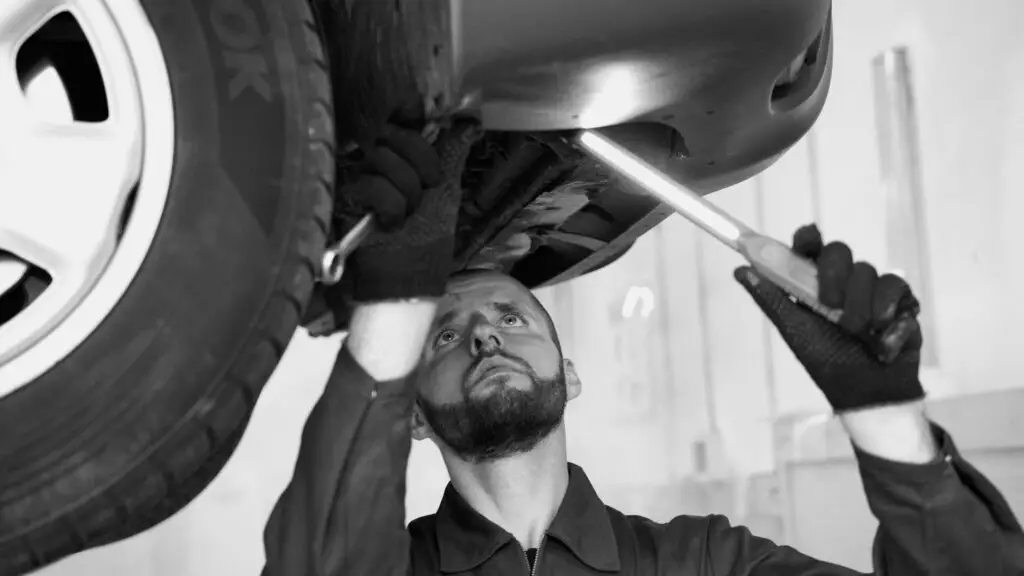

Tires and Wheels
Tires suffer the most direct abuse when scraping a curb. Look around the tread and sidewalls for:
- Bulges, bubbles, or obvious deformities
- Gashes, cuts, or punctures
- Peeling or deteriorated rubber
- Damage to inner tire layers or carcass
Wheels can also bend or warp if subjected to hard curb force. Inspect closely for:
- Dents, cracks, or buckling along the rim
- Deformed lug bolt holes that no longer sit flush
- Bends or wobbles indicating the rim is no longer round
Steering System
The force of an impact could potentially damage components like the following:
- Steering gearbox or rack
- Power steering pump and lines
- Intermediate shaft joiners
- Tie rods
Check these over thoroughly for leaks, cracks, looseness, or visible damage before attempting alignment.
Suspension Parts
Key components to scrutinize closely include:
- Control arms
- Ball joints
- Struts and shocks
- Sway bar links
- Bushings
Look for bent pieces, loose joints, cracked housings, or any noticeable damage. Even minor bends will prevent proper alignment.
Body Work
While body panels don’t specifically affect alignment, collision damage can point to more severe suspension issues. Feel for any deformation, gaps, or cracks on:
- Fenders
- Inner wheel wells
- Engine bay supports
- Frame rails
Serious body damage may indicate bent or broken suspension mounts or impact-related frame damage.
Address any issues found on tires, wheels, suspensions, or chassis components before moving forward with an alignment. Even minor flaws like bubbles, dents, or cracks will lead to recurring alignment problems until properly corrected.
How Alignments Work
Understanding wheel alignment basics helps you better grasp the importance of recalibrating your wheels after a curb strike. Here are key facts about wheel alignment:
- It refers to the precise angles of the wheels relative to the vehicle center line.
- Three main alignment parameters are toe, camber, and caster.
- Toe determines whether the wheels point slightly inward or outward when viewed from above.
- Camber is the inward or outward tilt from vertical when viewed from the front.
- Caster accounts for the forward or rearward tilt from vertical when viewed from the side.
- Factors like road crowns, engine torque, and suspension designs mean perfect 0° settings aren’t ideal.
- The goal is to ensure settings stay within intended specifications, which requires regular alignment checks.
Ideally, your shop will provide a printout showing the before and after alignment angles for your vehicle. This helps identify which parameters were knocked out of spec for Steering Wheel Off Center After Hitting Curb.
Realigning Your Wheels
With no damage identified, proper wheel realignment will straighten out the steering wheel:
- Alignments require placing the vehicle on an alignment rack, lift, or ramp.
- Highly precise computerized equipment measures alignment angles. Lasers or gyroscopes detect minute deviations from specifications.
- Adjustments are made by pivoting the tie rods to recalibrate toe alignment. Shop equipment simplifies these intricate adjustments.
- Camber and caster may also need correction on impacted wheels, depending on your vehicle’s design. This requires adjustment kits.
- A test drive confirms the steering wheel sits centered before you leave the shop.
Do not attempt realignment yourself, as the specialized tools and experience can’t be replicated in a home garage. Have it to seasoned professionals with the proper equipment.
It’s also wise to keep an eye out for any return of Steering Wheel Off Center After Hitting Curb tendencies over the first 50-100 miles. It’s not uncommon to need minor follow-up adjustments as the suspension further settles. Responsible shops will offer free follow-up alignment checks to ensure you’re completely satisfied.
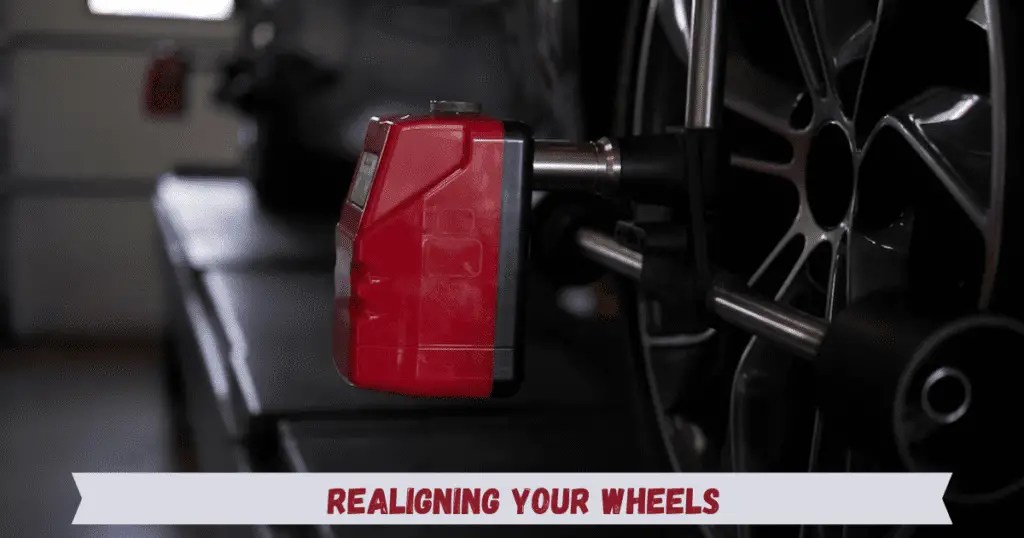

Should I Get My Wheels Rebalanced Too?
Steering Wheel Off Center After Hitting Curb. You may hear technicians recommend getting your wheels dynamically balanced in addition to realignment after a curb strike. But what is balancing, and is it really necessary?
Wheel balancing primarily addresses vibration issues. Weights are attached at precise points to counteract any heavy spots on the rim that cause bouncing.
Rebalancing is called for if you feel a strong vibration after impacting a curb. But it won’t resolve a Steering Wheel Off Center After Hitting Curb. For that symptom, only the realignment is required.
So focus first on getting the alignment corrected. If you still have persistent vibration, come back later to have your wheels properly balanced.
Frequently Asked Questions
Why is my steering wheel crooked after hitting a curb?
Striking a curb often knocks wheels out of proper alignment, causing the steering wheel to tilt or become crooked. Realignment at a shop will straighten the wheel by recalibrating the angles.
Why is my steering wheel off-center after hitting something?
Any type of significant front impact, including a curb strike, can shift wheel alignment angles and make the steering wheel off-center. Addressing alignment should resolve this symptom.
Can hitting a curb mess up your alignment?
Yes, even a minor curb impact can be enough to throw wheels out of correct alignment. The steering wheel not pointing straight is the telltale indicator of knocked-out alignment.
What happens if you hit a curb too hard?
Hard curb impacts risk damaging tires, rims, suspensions, or body panels. Thoroughly inspect for any underlying issues before attempting alignment. Major damage may require repairs before proper alignment is possible.
What to check for after hitting a curb?
Inspect tires, wheels, suspension parts, steering components, and body panels for damage after hitting a curb. Any flaws found will lead to recurring alignment troubles if not addressed.
How do I straighten my steering wheel?
You can’t straighten or center a crooked steering wheel yourself. Proper wheel realignment performed by a professional shop with alignment racks and computer equipment is required to recalibrate the alignment angles.
Maintaining Proper Alignment
Hitting the curb serves as an abrupt reminder of the importance of alignment maintenance. But you should also make alignment inspections part of your routine service schedule.
Here are tips for keeping your vehicle properly aligned If Steering Wheel Off Center After Hitting Curb:
- Have the alignment checked yearly at a minimum, even if no impacts occur. It gradually falls out of spec through normal driving.
- Regularly examine tire wear patterns. Outside edge wear indicates misalignment necessitating adjustment.
- Listen for any abnormal scraping noises from the tires, signaling potential toe misadjustments rubbing the treads.
- Pay attention to any vehicle wandering, pulling, or steering corrections needed to travel straight. Again, have the alignment checked.
- Choose reputable alignment shops with the latest computerized equipment to get the most precise alignments.
Staying proactive ensures you catch alignment issues early before they accelerate tire wear or jeopardize vehicle stability and handling. With prompt attention, you can confidently recover from a curb strike.


